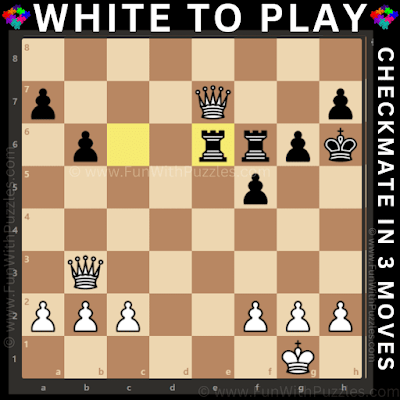In the world of chess, every move matters and you should be able to think ahead a few moves. Solving chess puzzles helps to master the art of looking ahead few moves. In this article, there are the chess challenges that will make you think about the 3-moves ahead of the game of chess.
The Importance of Chess
Chess is not only a board game but it is a test of your wits, intellect, patience, and strategy. Every move you make in the game of chess can lead you to winning or losing the game.
Thinking Ahead in Chess
You should be able to think ahead at least a few moves in advance. You also need to think of your opponent's move along with your moves. This is where the chess puzzles help to improve your art of looking ahead in time while playing chess.
The Significance of 3-Move Checkmates
You should start solving the chess puzzles where you need to checkmate your opponent in 1 or 2 moves. However, if you really want to improve your middle chess game, then you should solve the 3-move checkmate chess puzzles.
The 5 Chess Puzzles
There are 5 tough chess puzzles in this article. In each of these puzzles, your mission is to play as White and checkmate Black in the next three moves. With every move you make you also need to think of the Black's best response to your move. This best response move will avoid the checkmate in less than 3-moves.
Let's start solving these 3-moves checkmate chess riddles.
Strategies for Solving Chess Puzzles
To excel at solving these chess puzzles, consider these strategies:
Visualize the board and anticipate moves.
Look for potential weaknesses in Black's position.
Experiment with various sequences of moves.
Don't be afraid to make sacrifices for the greater good.
The answer to these "3-Move Checkmates Chess Puzzles", can be viewed by clicking the answer button.
















No comments: